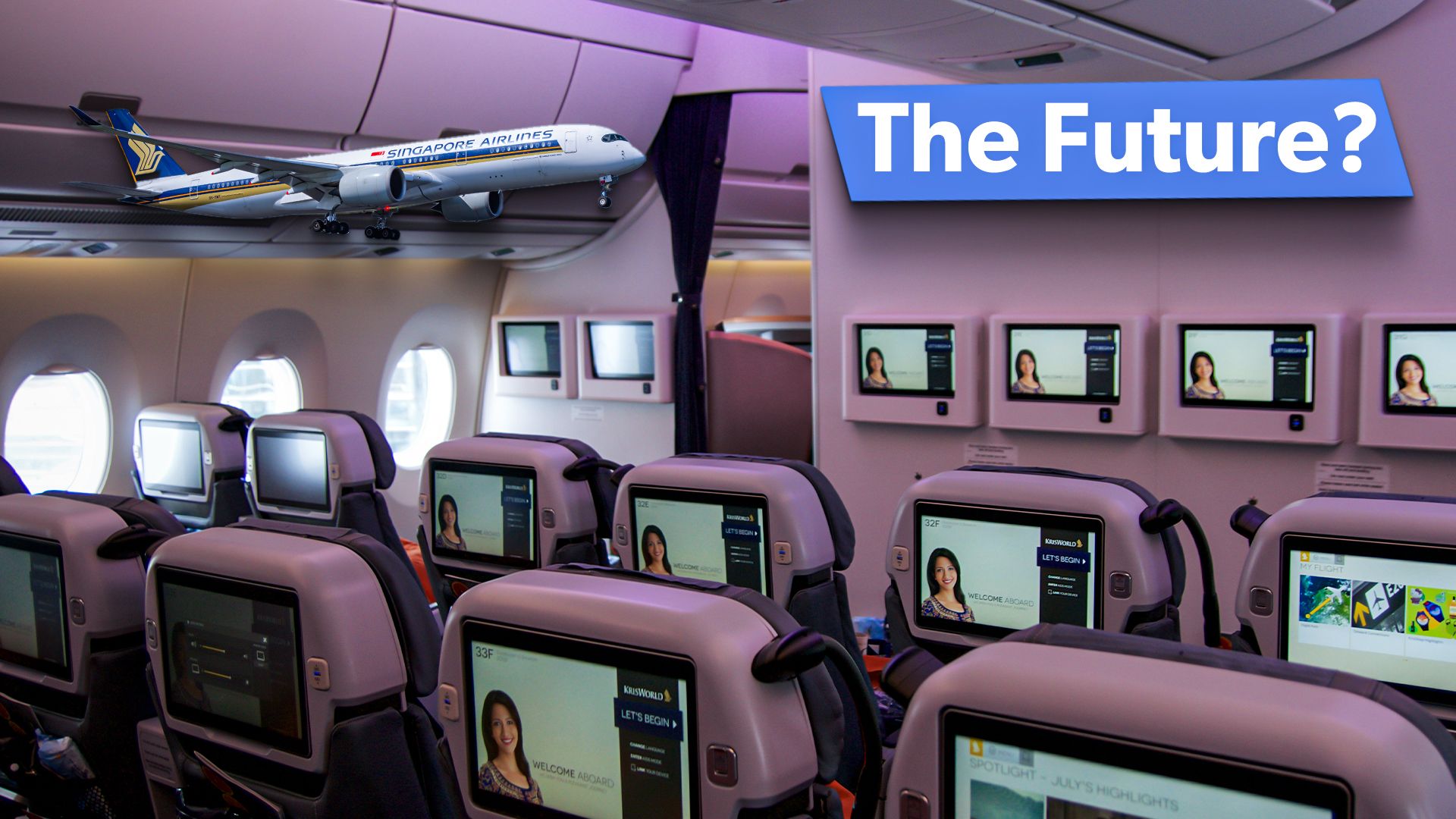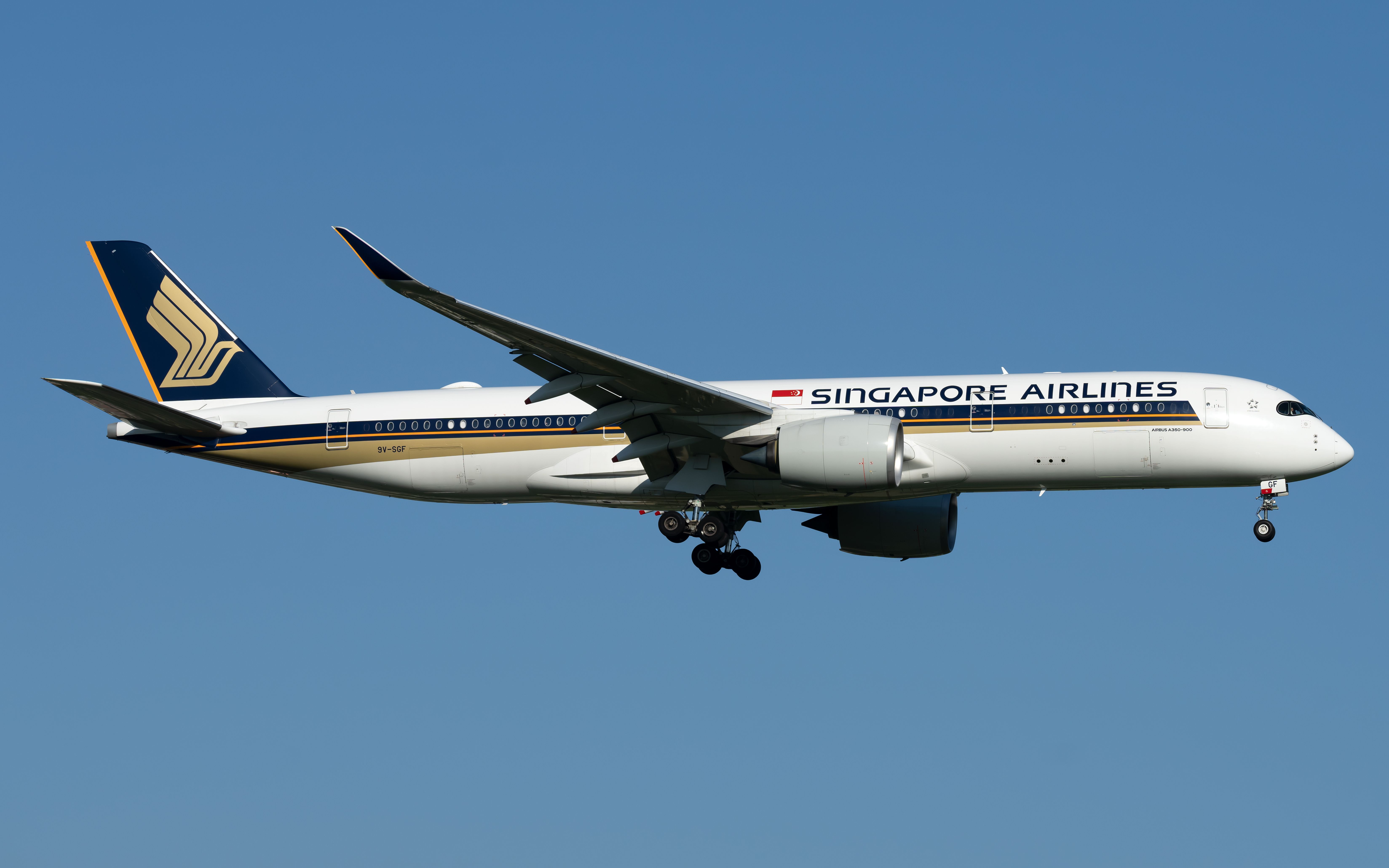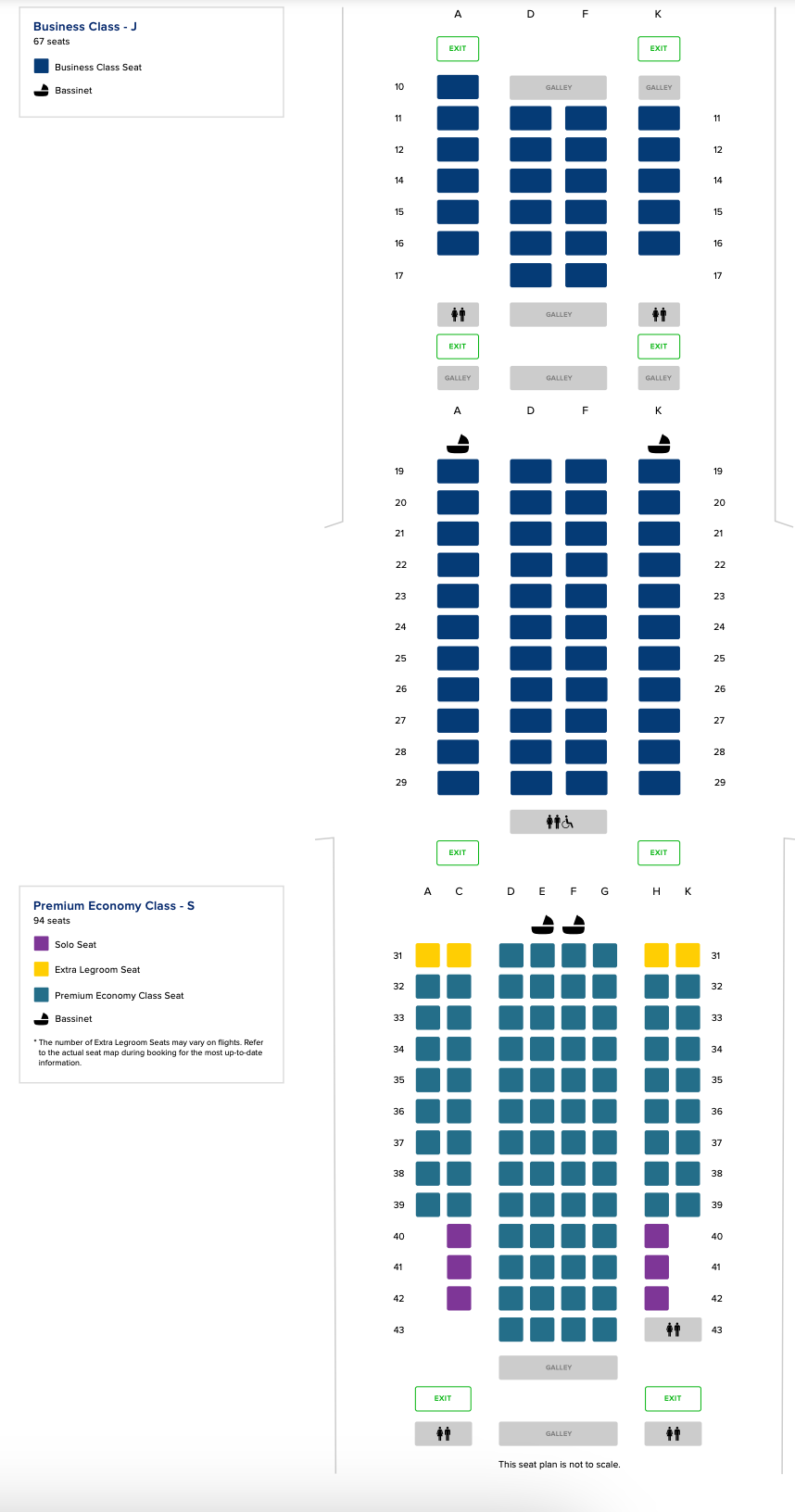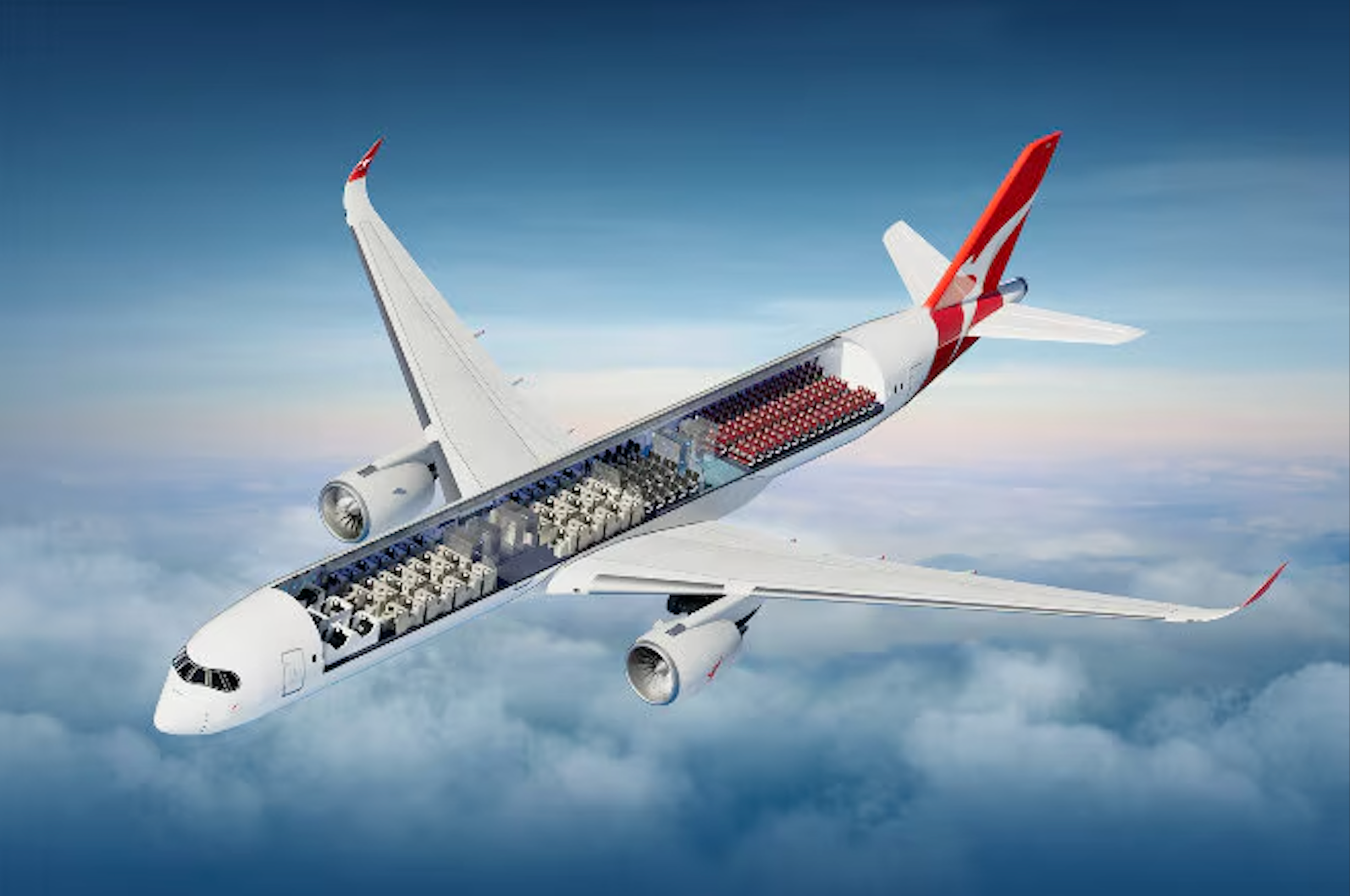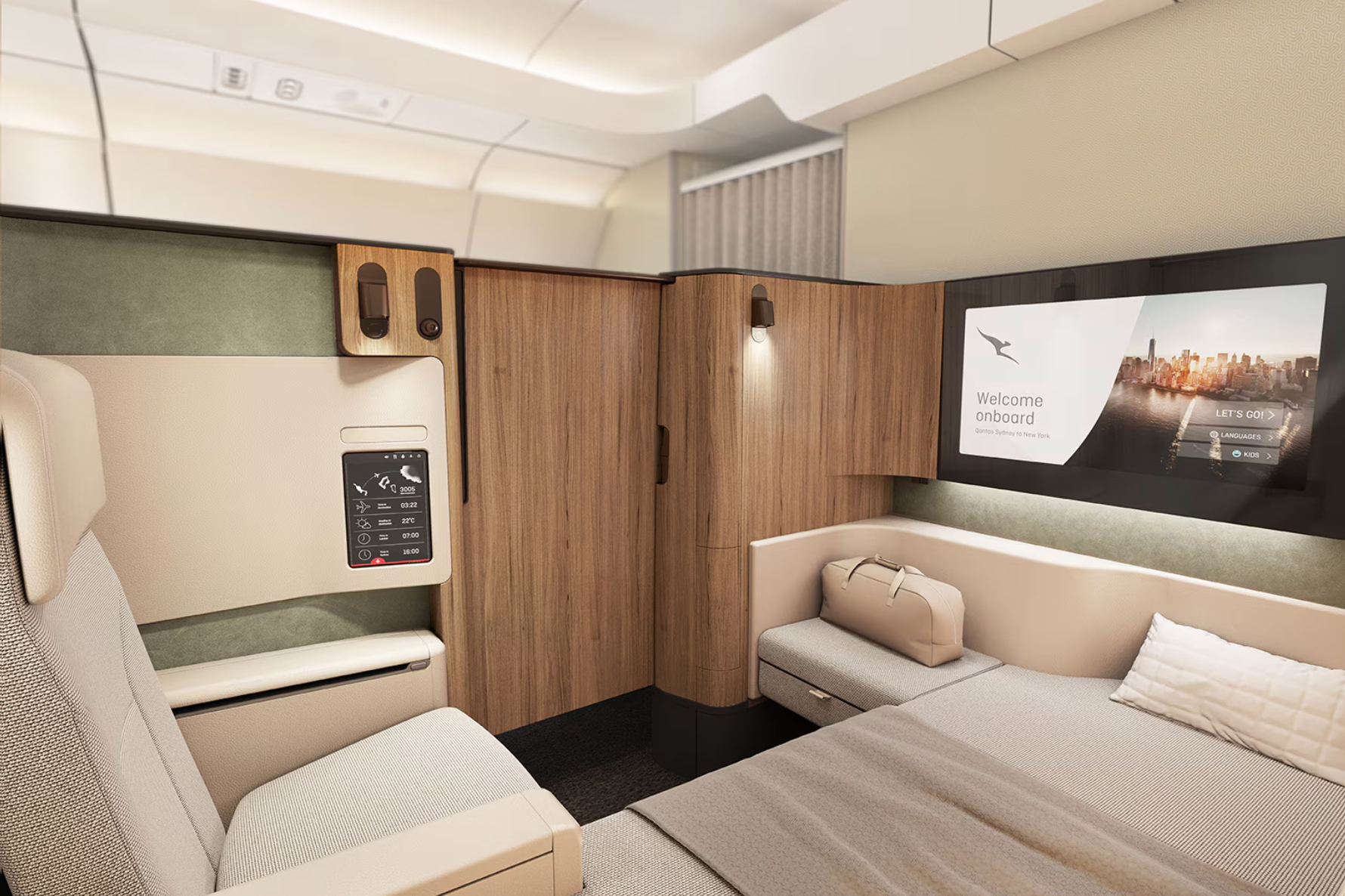Anyone can attest to the fact that flying in economy on an ultra-long-haul flight is not exactly the most comfortable.
Passengers
and airlines alike have attempted to make the least premium and cheapest cabin experience as enjoyable as possible, but having a larger seat, or in some cases, a suite, is arguably superior. However, premium seats come at a premium cost, which can be the deciding factor for some travelers. Nonetheless, some airlines have introduced premium-heavy cabins, while others have completely eradicated economy to feature an all-buisness class cabin on their longest flights.
With modern aircraft such as the
Airbus A350
and
Boeing 787
Dreamliner, airlines can fly further and faster like never before. This has opened up the possibility of offering extremely lengthy flights – some with durations longer than 18 hours. While it seems favorable, given that demand is prevalent, the ultra-long-haul flights in economy can be agonizing for some at just the thought. However demand for premium experiences has grown, especially since the pandemic – prompting some carriers to rethink the idea of ultra-long-haul travel.
The world’s longest flight
![]() Singapore Airlines
Singapore Airlines
currently holds the title for operating the world’s longest commercial flight. In 2018, the carrier became the launch customer of the A350-900ULR (ultra-long-range). The aircraft has a maximum takeoff weight (MTOW) of 620,000 pounds as it has an increased fuel capacity of 44,000 gallons compared to the standard -900 variant’s capacity of 37,000 gallons. This enables the aircraft to perform up to 19-hour nonstop flights and a range of 9,700 nautical miles, which is the longest range of any commercial aircraft in service.
Photo: Vincenzo Pace | Simple Flying
Singapore Airlines is currently the only operator of the A350-900ULR, specifically deploying it between Singapore and New York City. SQ24 from Singapore Changi Airport (SIN) to John F. Kennedy International Airport (JFK) has a flight time of about 18 hours and 40 minutes, while the return flight, SQ23, has a flight time of around 19 hours.
A specific seating layout is required
Since the plane flies for exceptionally long durations, Singapore Airlines cannot feature the same cabin configuration on the A350-900ULR that is on its standard A350s. This is partially due to the aircraft’s weight, as more seats would contribute to burning fuel faster. The other reason is the need for a premium product on a flight of that length.
The carrier has three different configurations of the aircraft. The medium-haul version is split up into two classes. Business class has 40 lie-flat seats, while economy has 263 seats, totaling 303 passengers. The long-haul version comprises three classes. Business class has 42 suites, while premium economy has 24 recliner seats. The economy cabin has the remaining 187 seats, making a total capacity of 253 passengers. The ultra-long-range version only has 161 seats onboard in a two-class format, which is its smallest cabin layout.
Photo: Singapore Airlines
Business class takes up the majority of the cabin, with 67 suites in a 1-2-1 layout. The other cabin, premium economy, has 94 seats in a 2-4-2 or 1-4-1 configuration, depending on the location in the aircraft. This cabin allows every passenger to have some sort of premium and spacious experience compared to the 3-3-3 economy configuration featured on the long-haul and medium-haul A350-900s.
Project Sunrise
Another A350 operator has been longing to offer a similar ultra-long-haul experience. Australia’s
Qantas
has been planning its Project Sunrise for years. In 2017, the airline shared its aspirations with the world, which would offer direct flights from Australia’s east coast to New York and Europe. Four years after the introduction of the A350-900ULR, Qantas chose the larger A350-1000 as its preferred aircraft for Project Sunrise and ordered 12 examples.
Photo: Qantas
The first aircraft is expected to be delivered in mid-2026 and will operate service between Sydney Kingsford Smith Airport (SYD) and JFK and between SYD and London Heathrow Airport (LHR).
Qantas says the planes will have a specific cabin interior based on research to cater to the lengthy flights.
“Project Sunrise will deliver more direct routes to Australia, significantly reduced point-to-point travel time (up to 4 hours compared with 1-stop flights) and a flying experience second to none – with a cabin interior and service design influenced by medical and scientific research carried out on research flights.”
Photo: Qantas
The aircraft will have three classes. First class will comprise six suites, while business class will have 52 suites. 40 seats will be in premium economy, and surprisingly – given that the SYD-JFK sector is longer than the SIN-JFK sector – economy class will have 140 seats, which will account for 60% of all seats, according to Qantas. Still, the airline is already touting the yet-to-be-delivered aircraft for having a comfortable cabin.
“Our spacious, ergonomically designed cabins have the lowest seat count of any A350-1000 in service around the world,” the carrier explained.
The journey between SYD and JFK will likely take more than 20 hours. Qantas currently operates the flight via Auckland, New Zealand. The so-called marathon route is operated by the 787-9. Including the stop at Auckland Airport (AKL), QF3 from SYD to JFK takes about 21 hours. The return journey, QF4, exceeds 23 hours.
Qantas will increase the route’s frequencies next month, which illustrates the demand between the two destinations
.
This could explain why the carrier has elected to keep more than half of the cabin on its A350-1000s to comprise economy seats, as it can carry more passengers. Nonetheless, it, again, may not be the preferred way of travel.
Other carriers have equipped their aircraft with all-premium cabins.
LaCompagnie notably offers transatlantic flights on A321neos fitted entirely with business class lie-flat seats
.
